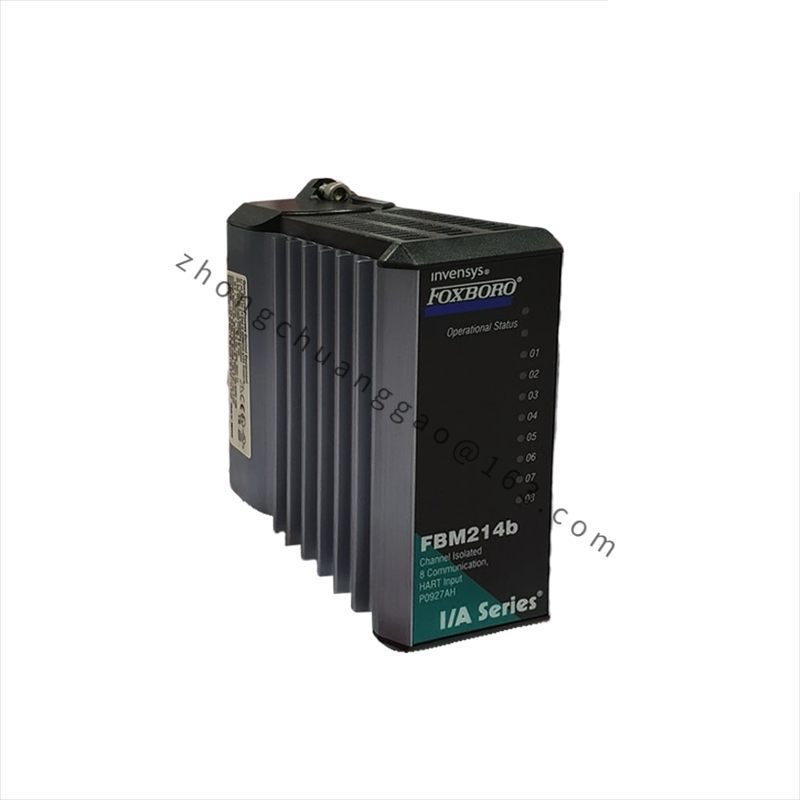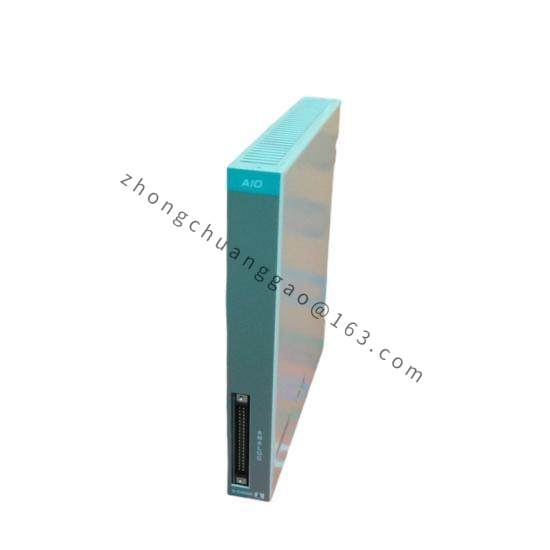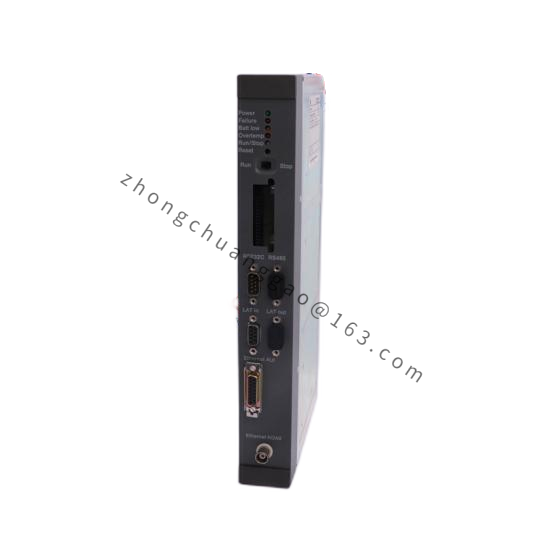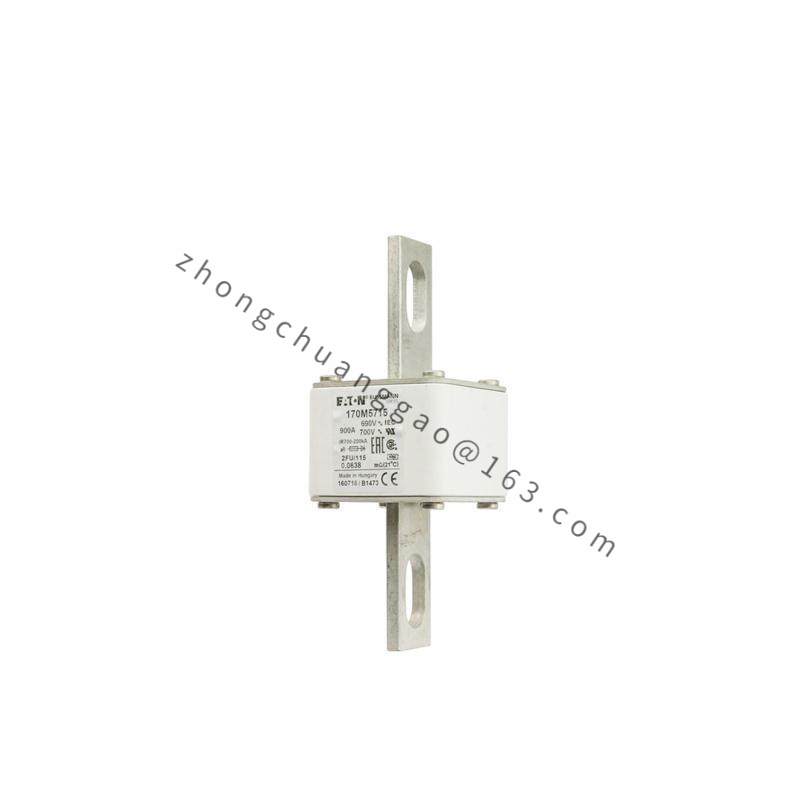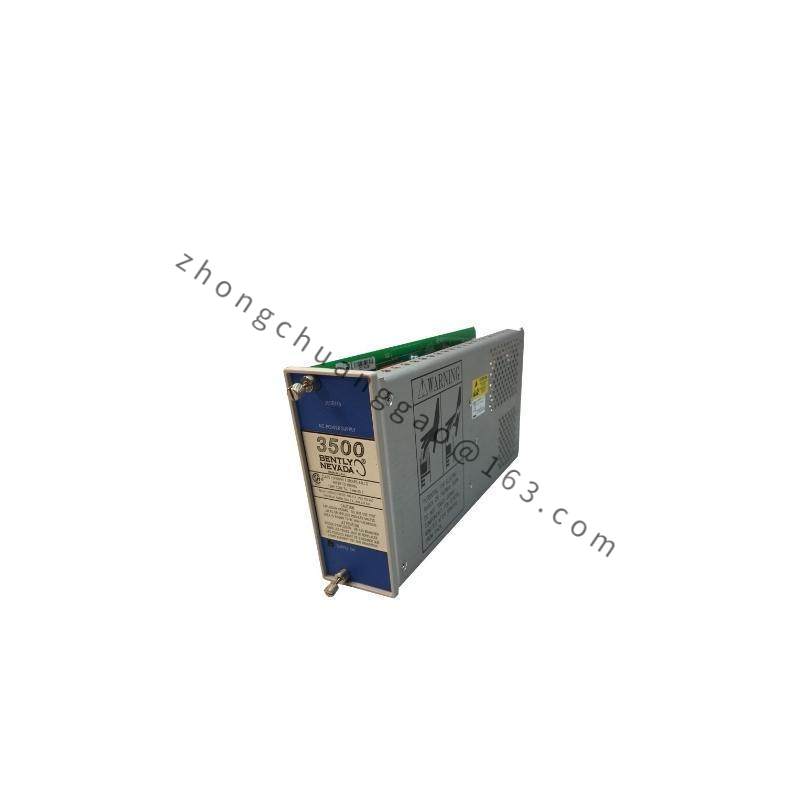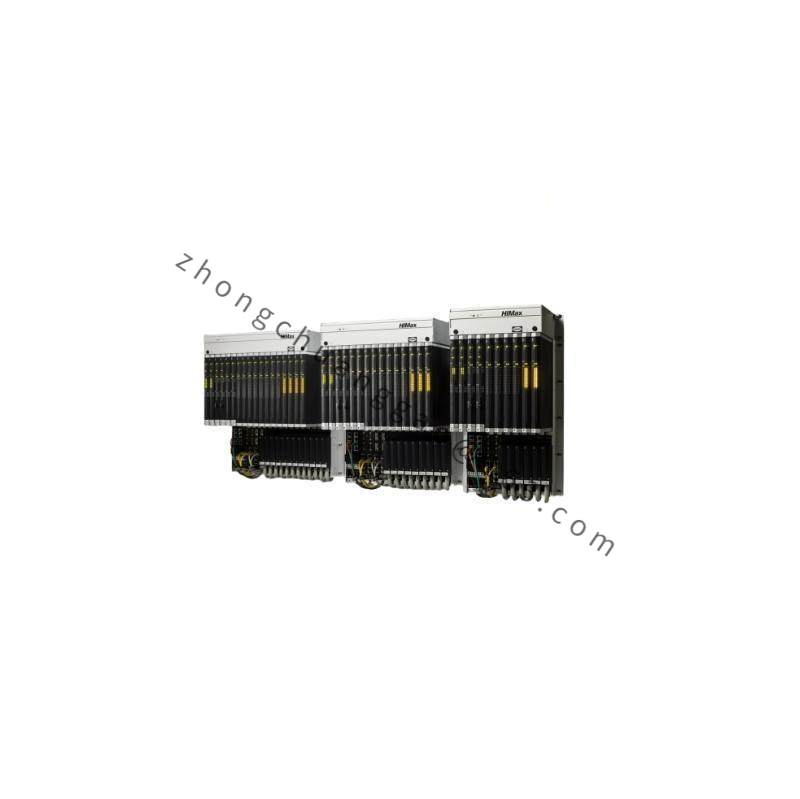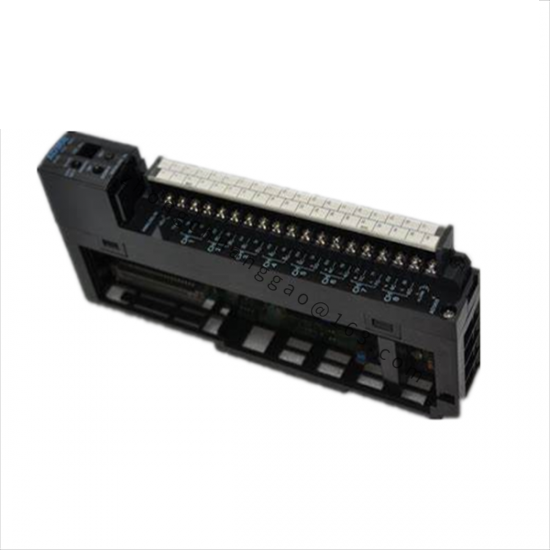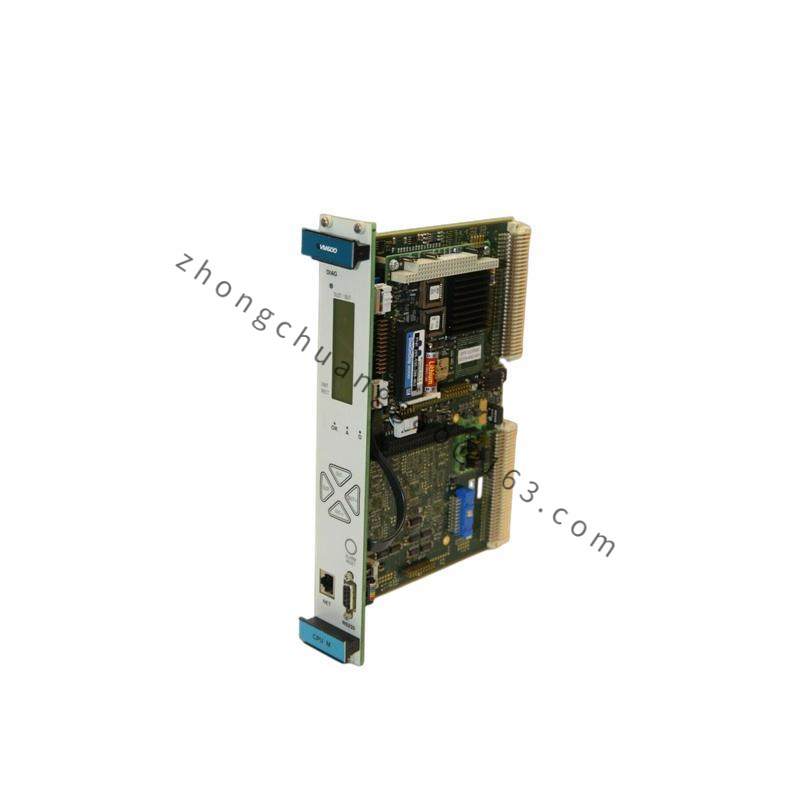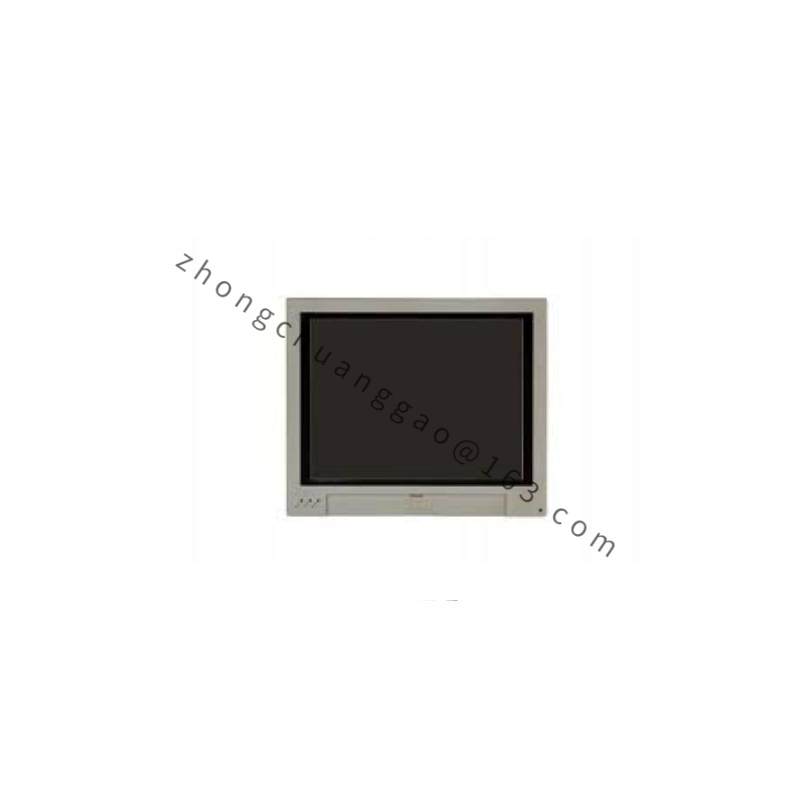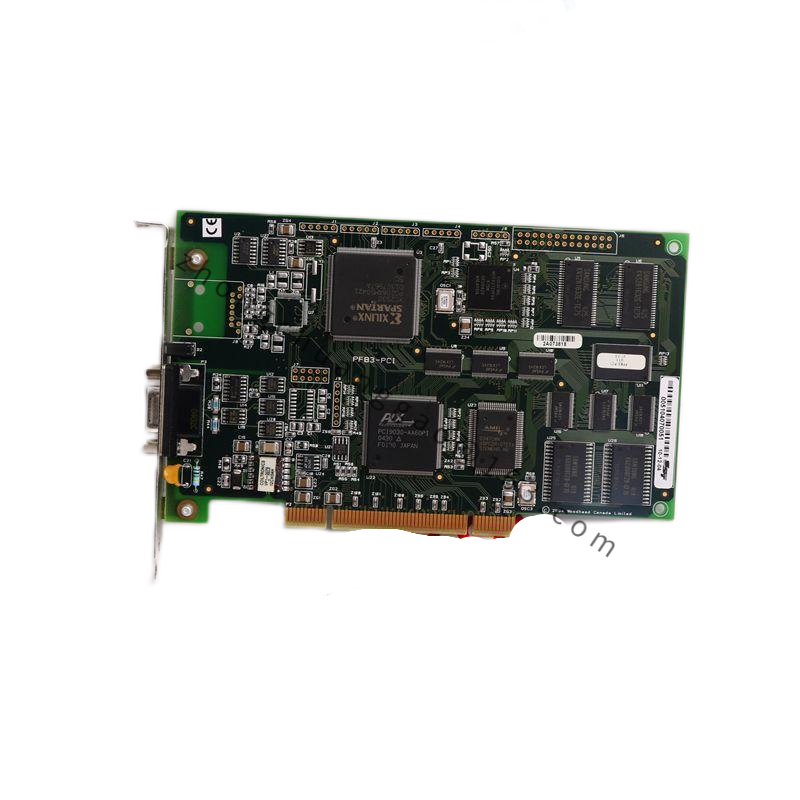FOXBORO FBM214B RH927AH Communication Input Module – Advanced Industrial Control Solution
The FOXBORO FBM214B RH927AH Communication Input Module is a sophisticated industrial control solution designed for seamless integration in complex automation systems, enabling efficient data acquisition and transmission.
Detailed content
Operating Voltage:220 V
Frequency Range:50 kHz
Communication Protocol:RS-485, Modbus RTU
Input Channels:4
Load Capacity:250 mA per channel
Environmental Conditions:IP65 rated, suitable for harsh industrial environments
Power Supply:DC power supply compatible with industrial standards
Dimensions:120 mm x 90 mm x 75 mm
The FOXBORO FBM214B RH927AH Communication Input Module is engineered to withstand harsh industrial environments while ensuring reliable data transmission. Its robust stainless steel enclosure and IP65 rating make it suitable for applications exposed to dust, moisture, and extreme temperatures.
With its ability to support both current and voltage inputs, this module offers versatility in integrating diverse field devices into your control system. Whether you’re monitoring temperature, pressure, or flow rates, the FBM214B RH927AH ensures accurate and timely data acquisition.
Featuring Modbus RTU communication, this module seamlessly connects to a wide range of control systems, providing a simple yet effective way to enhance your automation infrastructure. The 9600 bps communication speed ensures quick data transfer, optimizing system responsiveness.
Equipped with four channels, the FBM214B RH927AH allows for the monitoring of multiple parameters simultaneously, streamlining your operation management. This feature is particularly beneficial in complex industrial setups where multiple measurements are required for efficient process control.
Designed with user-friendliness in mind, the FOXBORO FBM214B RH927AH Communication Input Module simplifies integration and maintenance processes. Its straightforward installation and intuitive diagnostics make it accessible to technicians of varying expertise levels, reducing downtime and maintenance costs.
